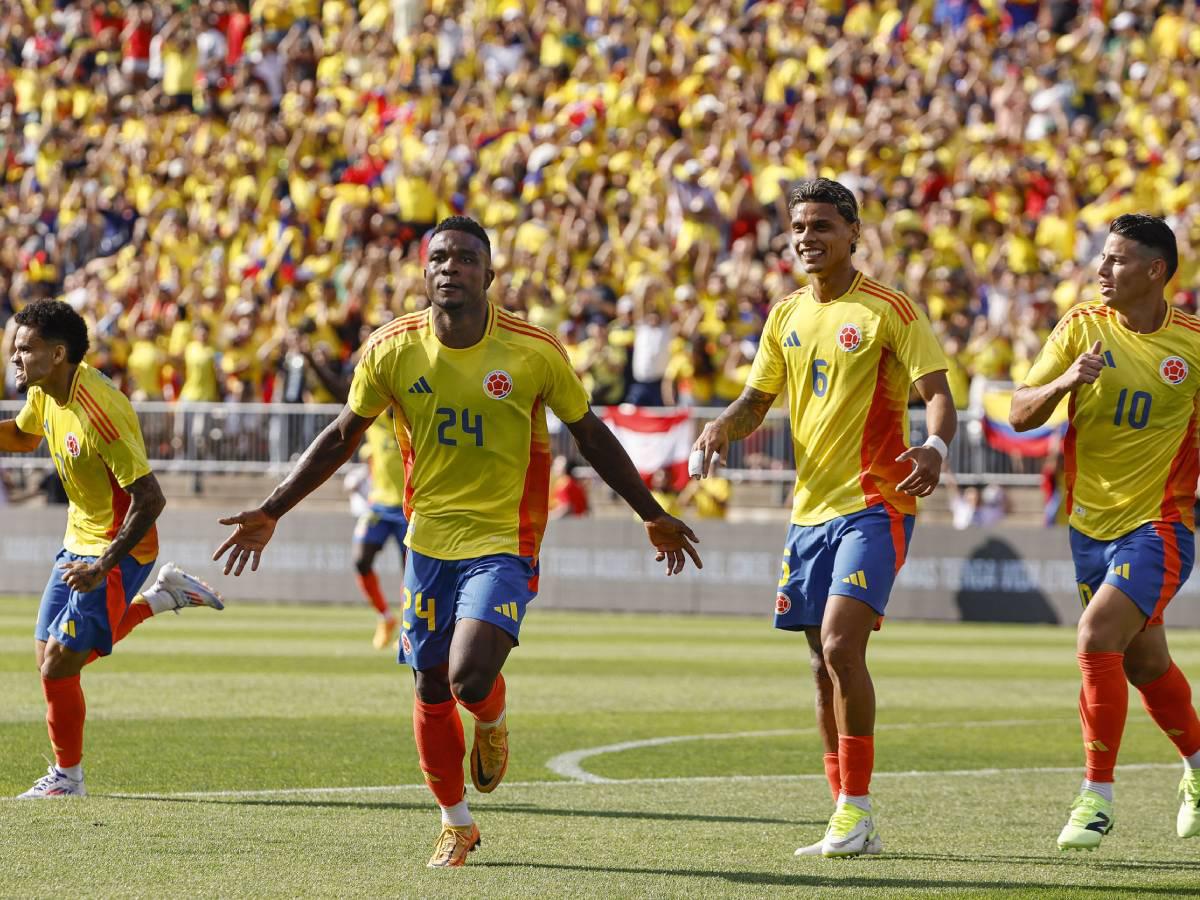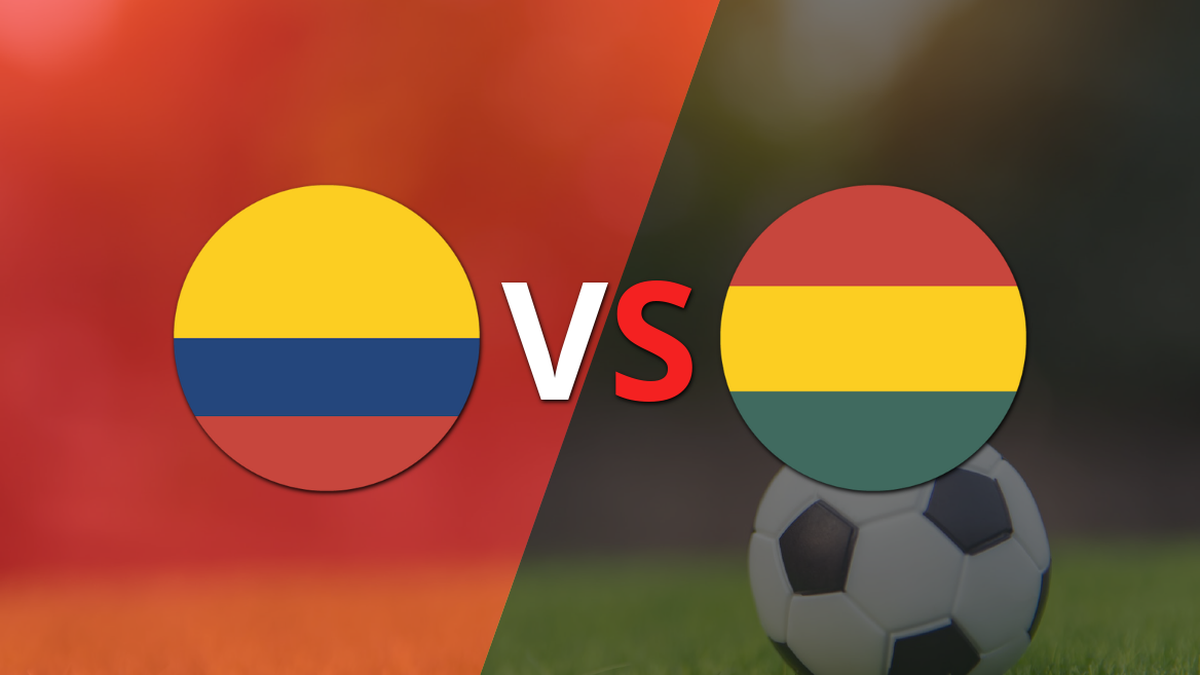Historical and Cultural Context: Colombia Bolivia

Colombia bolivia – Colombia and Bolivia, nestled in the heart of South America, share a rich tapestry of history and culture. Their shared indigenous heritage, colonial past, and vibrant present have shaped their unique identities.
The border between Colombia and Bolivia, marked by the Andes Mountains, has long been a source of both conflict and cooperation. In recent years, tensions have eased, allowing for increased trade and tourism between the two countries. This newfound harmony has even extended to the world of soccer, with Colombian and Bolivian fans coming together to cheer on their favorite teams in the LAFC vs Austin match.
As the game reached its climax, the crowd erupted in a thunderous roar, their cheers echoing across the stadium and symbolizing the newfound unity between these two nations.
Colombia’s historical journey can be traced back to pre-Columbian civilizations, including the Muisca, Quimbaya, and Tairona. The arrival of Spanish conquistadors in the 16th century marked a transformative period, leaving an enduring legacy in its architecture, language, and religion.
Colombia and Bolivia share a rich history, but their sporting passions diverge. While Colombia’s soccer fervor centers around its national team, Bolivians have a keen interest in international matches. For an exciting clash, consider philadelphia vs inter miami , where two talented teams will battle it out.
Back in South America, Colombia and Bolivia’s soccer rivalry remains a testament to their enduring sporting spirit.
Bolivia, too, has a captivating history. The Inca Empire once ruled over its lands, leaving behind architectural wonders like Tiwanaku and Samaipata. After gaining independence from Spain in 1825, Bolivia embarked on a tumultuous path, facing political instability and economic challenges.
En las entrañas de Sudamérica, donde Colombia y Bolivia se encuentran, el fútbol corre por las venas de la gente. Pero más allá de las fronteras, en el corazón de Estados Unidos, Atlanta United y DC United se enfrentan en una batalla épica por la supremacía del fútbol.
Sin embargo, en las alturas de los Andes y en las costas del Caribe, el espíritu del fútbol colombiano y boliviano arde con la misma pasión, uniendo a los corazones a través de un idioma universal.
Cultural Similarities
Despite their distinct histories, Colombia and Bolivia share several cultural similarities. Both countries are predominantly Spanish-speaking, with a rich blend of indigenous and European influences in their music, dance, and cuisine.
As the echoes of Colombia Bolivia’s diplomatic skirmishes reverberate across the region, the world of sports offers a brief respite. The upcoming clash between St. Louis and FC Dallas promises an electrifying spectacle on the soccer field. St. Louis vs FC Dallas will pit two formidable teams against each other, showcasing the raw energy and passion of the sport.
As the dust settles on the soccer match, the complexities of Colombia Bolivia’s diplomatic landscape will once again demand attention, but for now, let us savor the thrill of the game.
- Music and Dance: Cumbia, salsa, and vallenato are popular musical genres shared by both nations, often accompanied by vibrant and energetic dance forms.
- Cuisine: Arepas, empanadas, and tamales are culinary staples enjoyed in both countries, showcasing the fusion of indigenous and Spanish flavors.
Cultural Differences
While sharing common cultural traits, Colombia and Bolivia also have their unique distinctions.
- Indigenous Heritage: Colombia has a diverse array of indigenous groups, including the Wayúu, Emberá, and Nasa, each with distinct languages, traditions, and customs.
- Geography: Colombia’s varied landscape encompasses rainforests, mountains, and coastal regions, while Bolivia is characterized by high-altitude plateaus, deserts, and the vast Amazon rainforest.
Economic and Political Landscape

Colombia and Bolivia, two neighboring nations in South America, exhibit distinct economic and political landscapes. While both countries share a rich cultural heritage, their economic structures and governance models have evolved differently over time.
Economic Structures
Colombia’s economy is primarily driven by the services sector, accounting for over 60% of its GDP. The country has a diversified economy with significant contributions from agriculture, mining, and manufacturing. In contrast, Bolivia’s economy is heavily reliant on natural gas exports, which constitute around 40% of its GDP. The country also has a strong mining sector and a growing agricultural industry.
Political Systems
Colombia is a democratic republic with a multi-party system. The country has a strong tradition of presidential rule, with the president serving as both the head of state and government. Bolivia, on the other hand, has a more complex political system. It is a constitutional republic with a multi-party system, but the country has experienced periods of authoritarian rule and political instability.
Challenges and Opportunities
Both Colombia and Bolivia face challenges in fostering economic growth and stability. Colombia has been plagued by corruption, drug trafficking, and political violence, while Bolivia has struggled with economic inequality and social unrest. However, both countries also have opportunities for economic development. Colombia has a large and skilled workforce, while Bolivia has abundant natural resources.
Regional Integration and Diplomacy
Colombia and Bolivia are active participants in regional and international organizations, playing a significant role in shaping regional integration and diplomatic initiatives.
Both countries are members of the Andean Community (CAN), a regional trade bloc that promotes economic integration and cooperation among Andean nations. Through the CAN, Colombia and Bolivia have implemented various initiatives aimed at reducing trade barriers, fostering investment, and promoting sustainable development.
Diplomatic Relations and Cooperation, Colombia bolivia
Colombia and Bolivia maintain close diplomatic relations and have engaged in numerous cooperation initiatives. They have signed several bilateral agreements covering areas such as trade, energy, security, and cultural exchange. Both countries collaborate on issues of mutual interest, including border management, drug trafficking, and environmental protection.
International Involvement
Colombia and Bolivia are active members of international organizations such as the United Nations, the Organization of American States (OAS), and the World Trade Organization (WTO). They participate in global discussions on issues related to peace and security, human rights, and sustainable development. Colombia has played a leading role in promoting peace and reconciliation in the region, while Bolivia has been a vocal advocate for the rights of indigenous peoples.
The Andes Mountains, stretching across Colombia and Bolivia, stand as majestic guardians of these vibrant lands. Their towering peaks evoke a sense of wonder, just as the rivalry between Cincinnati and San Jose ignites a passion in sports enthusiasts. Cincinnati vs San Jose , a clash of titans, mirrors the indomitable spirit of the Andes, where nature’s grandeur meets the fervor of human competition.
And so, amidst the tapestry of life, Colombia and Bolivia continue to weave their own unique tales, forever entwined with the legacy of the Andes and the thrilling spectacle of sporting rivalries.
